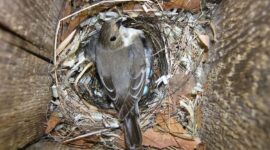
Chronic stress leaves young birds stunted
06.06.2019
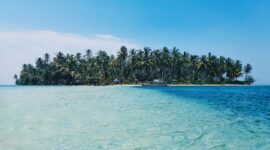
A new group of archaic hominins was discovered on the Indonesian islands
21.05.2019

Genetic heritage from Siberia arrived in the area of Estonia the same time as Finno-Ugric languages
17.05.2019

Longevity and predisposition to obesity depends on gut bacteria
07.05.2019
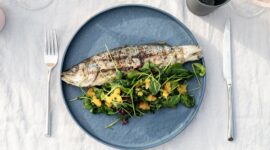
Simple and cheap method for determining the freshness of food developed in Tartu
30.04.2019
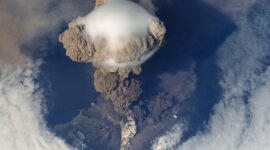
Eyjafjallajökull changed the awareness of the dangers from volcanoes
25.04.2019

Smart nanoparticles help improve treatment of peritoneal tumors
19.04.2019

A supernova explosion that could end all life on Earth may already have happened
18.04.2019

€32 million funding boost for Smart Cities Research to TalTech and Aalto University
11.04.2019

University of Tartu professor to develop AI for improving business processes
09.04.2019
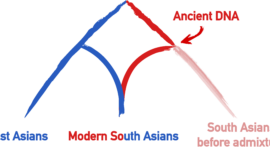
Digging ancient signals out of modern human genomes
08.04.2019
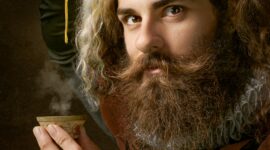
Chemists warn against unreasonable wastage upon acquisition of scientific equipment
04.04.2019
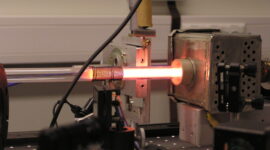
Plasma physicists are developing a technology that will help clean air
01.04.2019

Scientists study fish to learn how to adapt to the impacts of climate change
20.03.2019
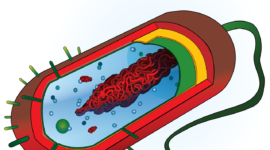
Assembling a living machine
14.03.2019
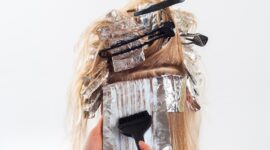
Cancer biologists are planning a revolution in the beauty industry
12.03.2019

Future phone’s prototype is completed
06.03.2019
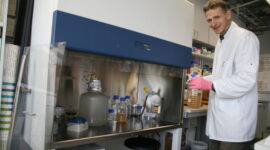
Estonian food scientists investigate the impact of food transit rate on human gut bacteria
05.03.2019

Flooding in cities increases pollution in the Baltic Sea
28.02.2019
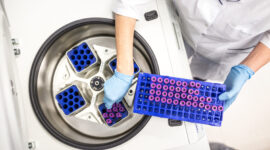
Scientists are helping to put together the genetic data of people from three continents
18.02.2019

Motherhood Construction Based on Personal Experiences and Sociocultural Background
21.01.2019
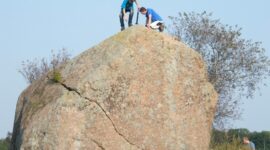
Information about the retreat of the last Scandinavian Ice Sheet is hidden in erratic boulders
02.01.2019

Study confirms links between adverse drug effects and genetics
17.12.2018

Wonder material graphene connects to a 5G network, coffee machines and self-driving cars
12.12.2018